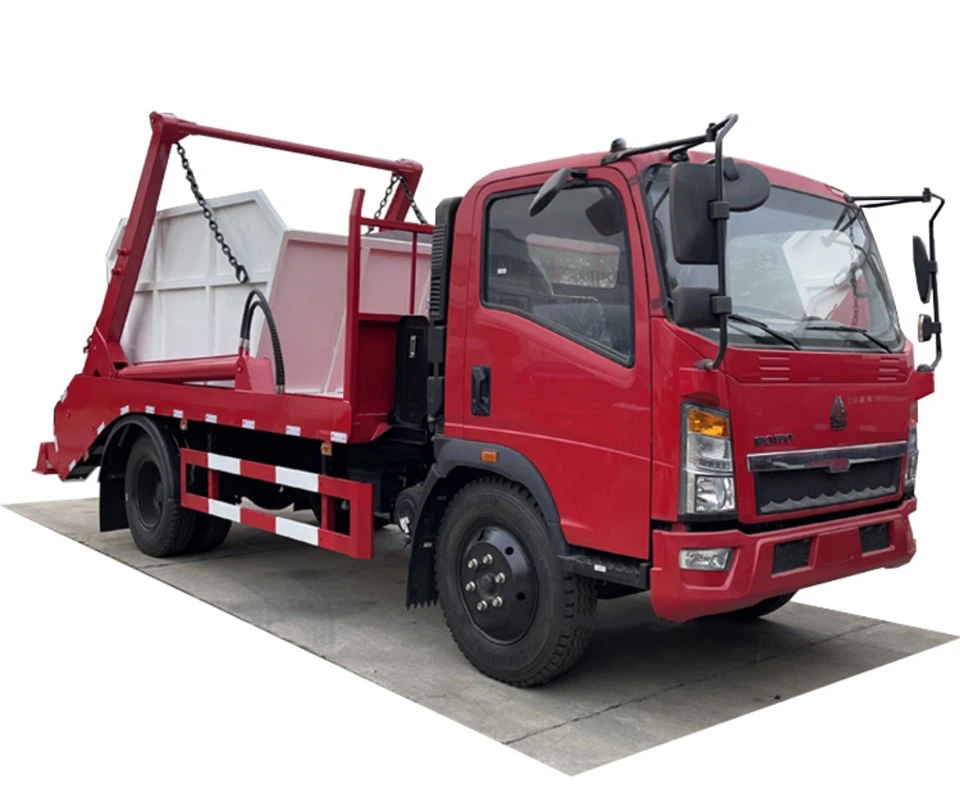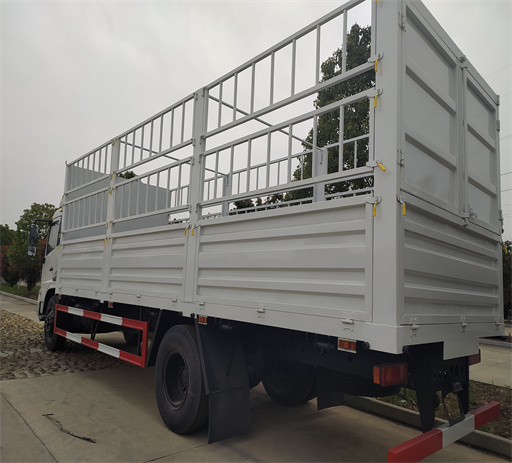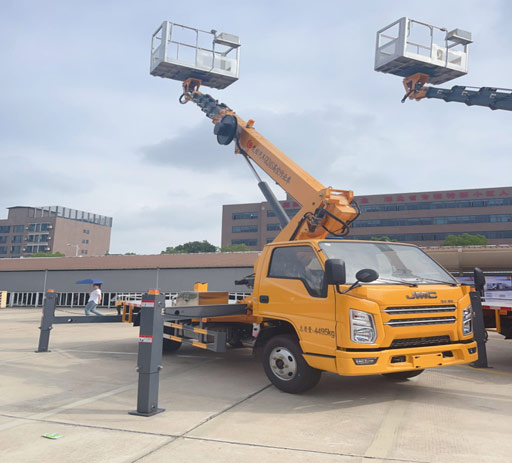Understanding Hydro Con: The Future of Sustainable Energy

Introduction
As we continue to search for sustainable energy solutions, hydroelectric power has emerged as a pivotal player in the green energy landscape. This comprehensive guide explores the concept of “hydro con,” which refers to hydroelectric power connections and their role in promoting renewable energy. The importance of hydro con lies not only in generating electricity but also in maintaining ecological balance and providing a reliable energy source for future generations. With a focus on practical examples and tips for implementation, this article aims to equip readers with a deeper understanding of hydro con and its implications for sustainable energy.
What is Hydro Con?
Hydro con, short for hydroelectric connections, refers to the integration of hydroelectric power generation systems into the broader energy supply chain. These connections encompass the infrastructure, technology, and policies involved in harnessing the power of flowing water to generate electricity. Understanding hydro con involves recognizing the different types of hydroelectric systems and how they contribute to energy production.

Types of Hydroelectric Power Plants
Hydro con can be categorized into different types of hydroelectric power plants, each with its distinct features and benefits.
| Type | Description | Pros | Cons |
|---|---|---|---|
| Run-of-the-River | Uses the natural flow of the river without a large dam | Less environmental impact, minimal flooding | Inconsistent power generation |
| Storage (Reservoir) | Utilizes a large dam to create a reservoir | Reliable power supply, ability to store energy | Significant environmental impact, costly construction |
| Pumped Storage | Stores energy by pumping water to a higher elevation | Acts as a battery, efficient energy storage | High initial costs, requires specific geographical features |
| Small-Scale Hydro | Generates power with smaller installations | Minimal environmental footprint, community-based | Low energy output, may not be economically viable |
How Hydro Con Works
The operation of hydro con systems involves several key components, including:
- Water Source: Flowing water from rivers, streams, or reservoirs serves as the primary source of energy.
- Turbines: Water movement drives turbines that convert kinetic energy into mechanical energy.
- Generators: Turbines are connected to generators that transform mechanical energy into electrical energy.
- Transmission Lines: The generated electricity is transmitted through power lines to homes and businesses.
The Advantages of Hydro Con
Renewable Energy Production
Hydro con provides a significant source of renewable energy, harnessing the natural energy of flowing water. Unlike fossil fuels, hydroelectric power generates electricity without depleting resources or emitting greenhouse gases.
Reliable and Consistent Supply
Hydroelectric power plants can produce electricity reliably and consistently, providing a stable energy supply. Unlike solar or wind energy, hydroelectric power can generate electricity during times of high demand, making it an essential energy source in many regions.
Economic Benefits
Investing in hydro con can stimulate local economies through job creation and infrastructure development. The construction and maintenance of hydroelectric power plants create employment opportunities, while also fostering local industries related to energy production.

Environmental Impact
Hydro con can have a positive environmental impact when managed appropriately. Many hydroelectric installations incorporate fish ladders and other ecological measures to protect local wildlife and aquatic ecosystems.
Challenges of Hydro Con
Environmental Concerns
While hydro con offers many benefits, it is not without environmental challenges. Large-scale hydroelectric projects can lead to habitat destruction, displacement of communities, and changes in local ecosystems. It is crucial to weigh these factors when considering new installations.
High Initial Costs
Building hydroelectric power plants requires substantial capital investment. Construction costs, land acquisition, and regulatory compliance can pose significant barriers to new hydro con projects.
Dependent on Water Flow
Hydro con systems are highly dependent on water availability. Droughts or changes in weather patterns can adversely impact the energy production capabilities of hydroelectric plants, leading to fluctuations in electricity supply.
Best Practices for Implementing Hydro Con
Conducting Feasibility Studies
Before initiating a hydro con project, conducting thorough feasibility studies is essential. These studies should evaluate potential water sources, environmental impacts, and economic viability.
Engaging Stakeholders
Engaging local communities, environmental groups, and government agencies is critical in the planning and implementation phases. Collaboration can help address environmental concerns and gain public support for hydro con initiatives.
Utilizing Modern Technology
Incorporating modern technology such as smart grids and advanced turbine designs can improve the efficiency and output of hydroelectric facilities. Investing in research and development will aid in maximizing the potential of hydro con systems.
Case Studies of Successful Hydro Con Projects
Three Gorges Dam, China
The Three Gorges Dam is the world’s largest hydroelectric power station, boasting a capacity of over 22,000 megawatts. Despite its controversies, it significantly contributes to China’s renewable energy goals while providing flood control and improved navigation on the Yangtze River.
Hoover Dam, USA
Constructed during the Great Depression, the Hoover Dam was pivotal in providing electricity to the southwestern United States. It remains a vital source of irrigation and water management, demonstrating the multifaceted benefits of hydro con.
Bhakra Nangal Dam, India
The Bhakra Nangal Dam is among India’s largest hydroelectric projects, with a power generation capacity of 1,600 megawatts. Its construction has significantly transformed the agricultural landscape of northern India, providing irrigation and water supply to millions.
Tips for Individuals and Businesses Considering Hydro Con
Explore Small-Scale Hydro Options
Individuals and small businesses can consider installing micro-hydro systems that utilize nearby streams or rivers. These systems can provide energy independence and reduce electricity costs.
Stay Informed About Regulations
Familiarize yourself with local regulations and requirements for hydro con installations. Compliance with environmental standards is crucial for sustainable project development.
Seek Government Incentives
Investigate available grants, subsidies, and incentives for renewable energy projects in your area. Government programs can provide financial support and resources for implementing hydro con.
Future Trends in Hydro Con
Integration with Other Renewable Sources
As energy demands grow, the integration of hydro con with solar and wind energy systems will become increasingly important. Hybrid systems can enhance renewable energy reliability and contribute to grid stability.
Technological Innovations
Advancements in turbine technology, energy storage solutions, and digital monitoring systems are set to revolutionize hydro con. These innovations will improve efficiency and reduce costs, making hydroelectric power more accessible.
Hydro Con and Climate Change Mitigation
Hydro con plays a significant role in climate change mitigation by reducing dependence on fossil fuels. As nations prioritize renewable energy sources, hydroelectric power will contribute to achieving global sustainability goals.
Frequently Asked Questions (FAQs)

1. What is the primary advantage of hydroelectric power?
The primary advantage of hydroelectric power is its ability to generate renewable energy without depleting resources or emitting greenhouse gases. It provides a reliable energy source that can meet fluctuating demands.
2. Can small-scale hydro installations be economically viable?
Yes, small-scale hydro installations can be economically viable, especially in rural or off-grid areas where electricity costs are high. These systems can provide energy independence and reduce reliance on traditional power sources.
3. How do environmental impacts of hydro con projects get managed?
Environmental impacts of hydro con projects are managed through careful planning, environmental assessments, and stakeholder engagement. Many projects include ecological measures to protect local wildlife and habitats.
4. What are the challenges associated with hydroelectric power?
Challenges associated with hydroelectric power include environmental concerns, high initial costs, and dependence on water flow. Droughts or changes in weather can significantly affect electricity production.
5. Is hydroelectric power a sustainable option for the future?
Yes, hydroelectric power is considered a sustainable option, especially when environmentally responsible practices are followed. It can significantly contribute to reducing carbon emissions and meeting renewable energy goals.
6. How can individuals get involved in hydro con initiatives?
Individuals can get involved in hydro con initiatives by advocating for local hydroelectric projects, considering small-scale hydro installations, and staying informed about renewable energy policies and regulations.
